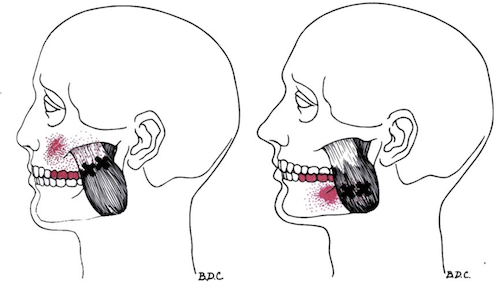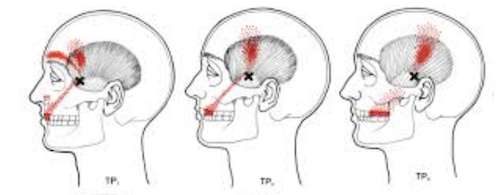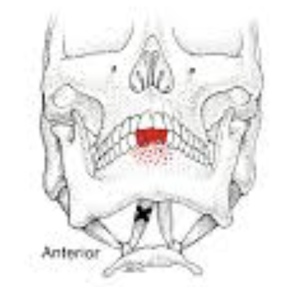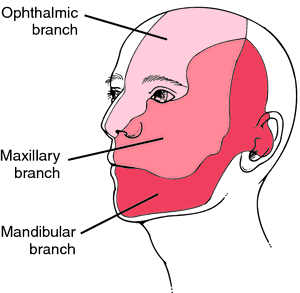Everyone has had a toothache at some point in their life. Some experience them more often than others, but regardless of how often they occur, people tend to have the same reaction. Wait it out. You figure it will go away on its own with some time and rest. If you are unsuccessful with that formula hopefully you break down and visit with your dentist. Your toothache is probably a cavity and hopefully nothing worse. What happens when your dentist tells you there is nothing wrong with your tooth?
It hurts, you know it hurts, but you were told that your tooth is perfectly fine. Your tooth may hurt to touch or it may be painful to chew with it. Maybe it has even caused a few headaches and it throbs at night. All you know is, the pain is real and there is no way you have been imagining it.
That healthy tooth toothache is likely a result of temporomandibular joint disorder (TMD)!
How TMD Can Cause A Toothache
The muscles of your jaw can refer pain to your teeth causing the sensation that you are having a toothache. Referred pain is pain that occurs in an area that is different from the cause. Example: Some people experience left arm pain with a heart attack. There is nothing actually going on with the arm itself. The arm pain is referred from the heart.
Here are a few jaw muscles that are notorious for referring pain to your teeth:
Masseters
The superficial masseter is the big muscle you can see in your cheek when you bite down. You can feel this muscle tense if you place your fingers on the back of your cheek and then clench your teeth together. It can cause pain in both your upper and lower molars (your back teeth).

Temporalis
The temporalis muscle is a thin but powerful muscle on the side of your skull. You can feel this muscle by placing your fingers on your temples along the side of you head and then clenching your teeth together. The temporalis can refer pain to your upper front teeth, to your canine teeth, or to your upper back molars.

Anterior Digastric
The anterior digastric is a small muscle that is in the soft space between your chin and your neck. It can result in pain to your lower front teeth.

Nerve Pain
The trigeminal nerve can also play a role in tooth pain. For more information about the trigeminal nerve, check out my previous blog on trigeminal neuralgia. When irritated, the trigeminal nerve may cause pain, aching, tingling, and electric sensations. The following branches of the trigeminal nerve can cause these types of symptoms to your teeth:
The maxillary nerve can cause symptoms in your upper teeth.
The mandibular nerve can result in irritation in your lower teeth.

If you are experiencing toothaches, it is not something you should just assume is related to your TMJ. You should only consider that you are experiencing referred pain after your dentist has confirmed that your painful tooth is healthy. There are other factors that may cause tooth pain beyond what we have discussed that should be assessed by a medical professional.
If your teeth are healthy and you are without an explanation for your toothache, it could be related to your TMJ. Other signs that your symptoms may be related to TMJ: pain in your jaw or neck, headaches, popping, clicking, or locking of your jaw, and difficulty opening your mouth wide.
A toothache caused by TMD is a treatable symptom and can go away! Reach out by email, phone, Facebook, or Instagram to get the help you need.


